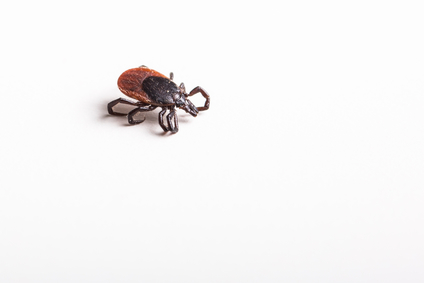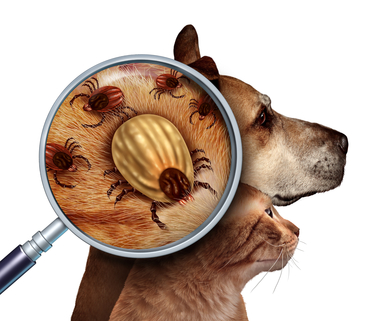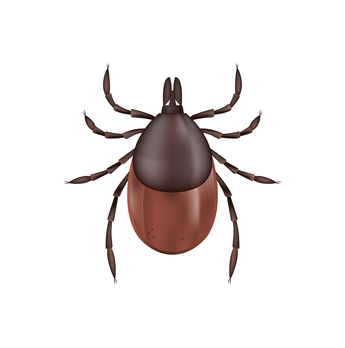Answering FAQs About Ticks In Bladensburg, MD
- Esther M.
- Dec-11-2020
- Prince George's
The internet has become a great source of information about every aspect of life. Numerous questions have been answered in diverse ways. This also includes questions about pest control. For many Bladensburg residents, ticks are a significant health concern. However, you can be better prepared if you have the right information on how to deal with them. Below, you will find some commonly asked questions by homeowners about ticks.
Question #1: Where do ticks go for the winter?
 It is an almost obvious fact that at very high temperatures, ticks thrive, multiplying in numbers at a very high rate. You may assume that ticks automatically freeze and die during the winter months. But is this actually true?
It is an almost obvious fact that at very high temperatures, ticks thrive, multiplying in numbers at a very high rate. You may assume that ticks automatically freeze and die during the winter months. But is this actually true?
A comment we hear a great deal is “I bet with this cold winter, the mosquitoes and ticks have died off.”. Well this not necessarily true. While many mosquitoes will die off with a few hard freezes, ticks never really go away. Adult ticks do not hibernate, but they are able to go into a dormancy and survive the harsh cold temperatures of winter. They find shelter in dead leaves and other decaying vegetation debris and are able to survive the cold months…
The other way ticks are able to fight off the freezing temperatures is to attach themselves to a host and stay warm. Ticks usually go into dormancy at 35 degrees and below. After a couple of days of 45 degrees and above, ticks will usually become pretty active and will search for a blood meal. That is why in our area tick activity starts earlier than mosquito activity. So, the time to start trying to control ticks and mosquitoes comes in the early spring. Read more from Mosquito Squad…
Ticks have an ingenious way of surviving the harsh winter temps. So, while you are resetting your home’s thermostat as the temperatures dip, you can be sure ticks are also finding ways to survive.
Question #2: Where are ticks found on dogs?

Ticks tend to get onto a host, getting their tummy full, and then fall off. This means your family is at risk if any of your pets have ticks on them. So then how do you find out if your dog is supporting a whole generation of ticks?
Ticks are big enough to spot. Run your hands over your dog’s body when you get back from a walk to check for any lumps or bumps. A tick will feel like a small bump on your pet’s skin.
They tend to attach themselves to areas around a dog’s head, neck, ear and feet. Brushing also helps to remove them.
Ticks vary in size between 1mm and 1cm long, depending on their age. They look like tiny spiders with a whiteish, egg-shaped body. This body becomes larger and darker as it fills with blood. Read more from Bluecross…
Ticks like to hide in the parts of animals that are very warm, like behind the ears. You need to know how to remove ticks using fine-tipped tweezers should you spot them. This way, you’ll stop the damage from progressing.
Question #3: What do deer ticks look like?

Deer ticks are also known as black-legged ticks. They are most famous for spreading Lyme disease. So how do you identify them?
Blacklegged ticks are only about the size of a sesame seed. Immature ticks, or nymphs, can also bite. These are only about the size of a poppy seed.
Both adults and nymphs have eight long, black legs that extend from a round, bulb shaped abdomen.
Males are darker and generally have a uniform brown color, with a whitish strip around the outside of the abdomen. Females have a two-tone, lighter brown torso. A female’s torso may also become more rust colored after ingesting blood.
Although the body of a blacklegged tick tends to be flat, after eating, it fills up and expands.
Deer ticks will partially burrow into the skin and latch onto their host to feed. The body of a feeding tick will stick out of the skin. Afterward, there may be some irritation around the site of the bite. Read more from Medical News Today…
As a homeowner, it is important that you know the facts. When it comes to tick control, it really is a matter of life and death. At Backyard Bug Patrol, we take it upon ourselves to make sure that you are safe. Our personnel is the best in Maryland. We are here to take care of any bugs in your home. Call us today!
